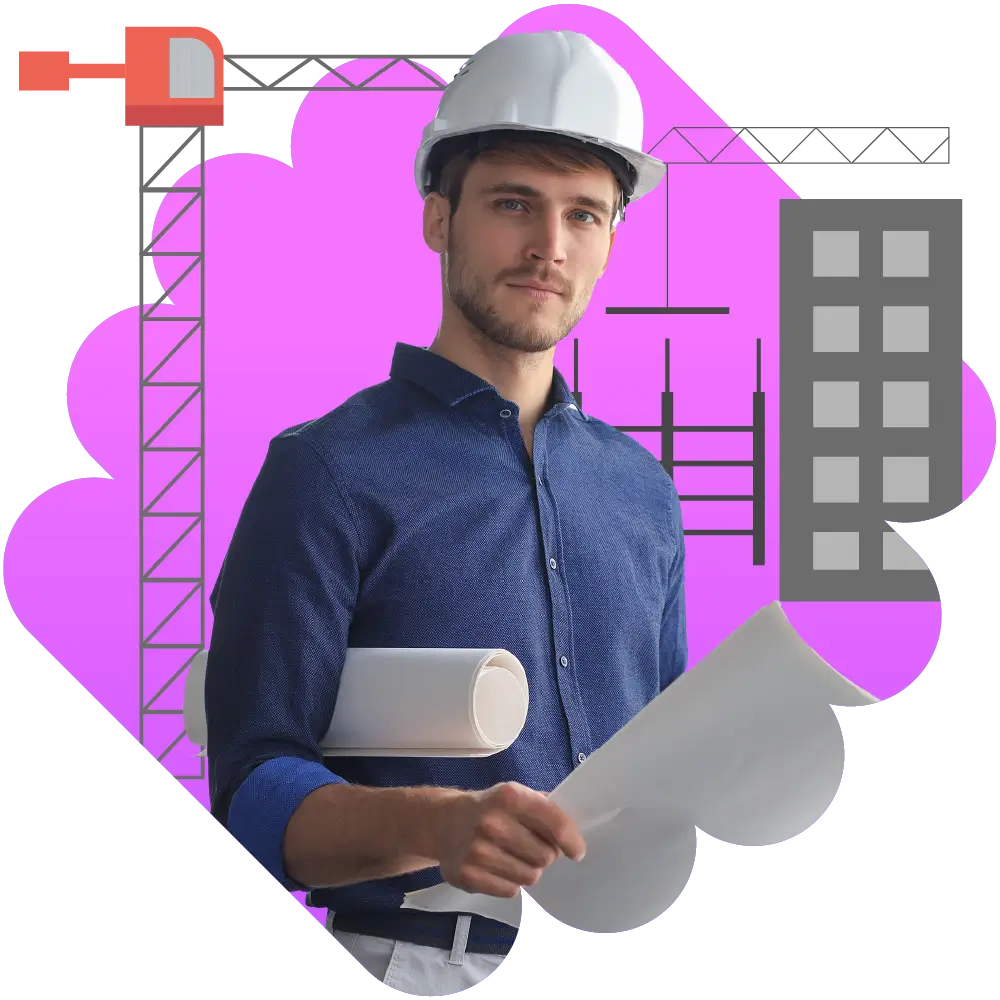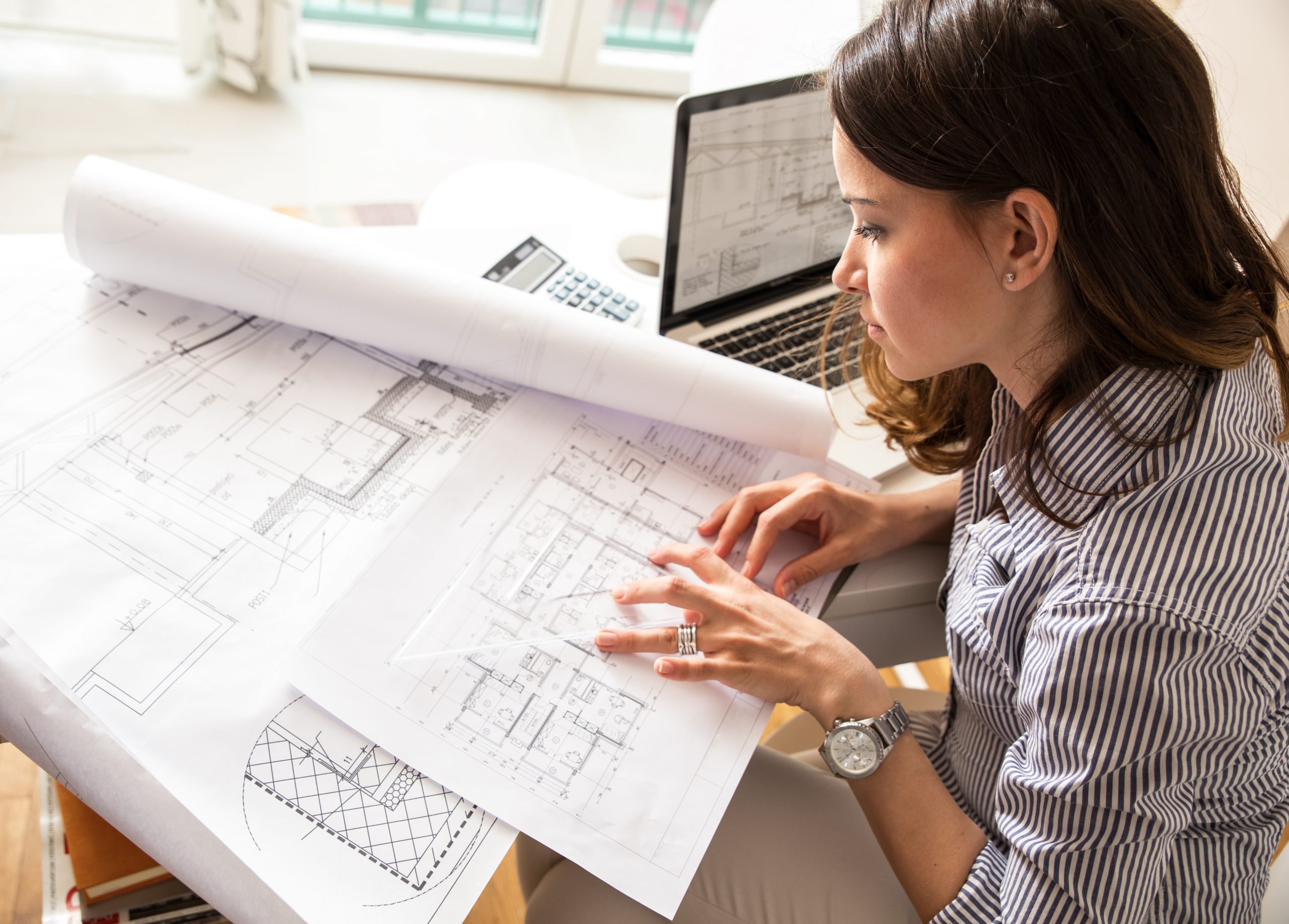Architect Portfolio Tips for Getting Noticed in the Industry
Architect Portfolio Tips for Getting Noticed in the Industry
Blog Article
Understanding the Diverse Profession Paths Available for Aspiring Architect
As an aspiring Architect, you have a globe of career paths waiting on you. Each course uses distinct obstacles and opportunities to apply your creative thinking and technical expertise. Whether you're drawn to typical design or the nuances of lasting design, there's a particular niche that lines up with your rate of interests. Recognizing these varied options can shape your professional trip, but which direction will you select to discover first?
Traditional Design: Designing Structures and structures
Typical style concentrates on designing structures and structures that blend functionality with aesthetic appeal. As you discover this area, you'll value the intricate equilibrium in between form and function. You'll discover to draw inspiration from historical designs, including components like balance, products, and workmanship. Your layouts can show cultural heritage, showcasing regional traditions while fulfilling modern needs.
You'll develop abilities in composing, model-making, and website analysis, allowing you to envision and connect your concepts successfully. Engaging with customers, you'll require to understand their vision and translate it into feasible designs.
Moreover, building codes and sustainability methods are necessary in your job, guaranteeing your structures are eco pleasant and safe. As you expand in your profession, you'll find possibilities in household, industrial, or also reconstruction jobs, each offering unique obstacles. Embracing typical design paves the means for a fulfilling occupation that admires the past while forming the future.
Urban Preparation: Shaping Neighborhoods and Public Spaces
As a hopeful Architect, you can play a crucial function as a city planner, transforming exactly how neighborhoods engage and function. By utilizing area interaction methods, you'll guarantee that citizens have a voice fit their atmosphere. And also, integrating lasting design concepts will certainly help produce spaces that not only satisfy today's demands but also secure the future.
Duty of Urban Planners
While several might consider engineers as the single dreamers behind buildings, metropolitan organizers play a vital function fit the more comprehensive landscape of communities and public areas. They examine land usage, zoning laws, and area requires to develop lasting settings that improve lifestyle. By teaming up with various stakeholders, you'll help design parks, transportation systems, and household locations that advertise social communication and accessibility. Urban coordinators additionally focus on environmental considerations, ensuring that developments integrate green rooms and assistance biodiversity. Your know-how in spatial layout and area characteristics permits you to visualize future growth while protecting cultural heritage. In this vital function, you'll directly affect exactly how individuals experience their environments, making every job a chance for positive modification.
Area Involvement Methods
Effective community engagement methods are important for city coordinators to assure that the voices of locals are heard and valued in the planning process. To foster purposeful dialogue, you should focus on open forums and workshops where community participants can express their concepts and concerns. Use surveys and social media to get to a broader target market, making sure diverse point of views are consisted of. Collaborating with local companies can boost count on and promote deeper links. It is essential to give clear information regarding suggested projects and decision-making procedures, enabling residents to feel enlightened and encouraged. By actively paying attention and including responses, you'll develop spaces that mirror the community's requirements, eventually leading to more lasting and effective city environments. Welcome transparency and continuous dialogue for enduring influence.
Lasting Style Concepts
When designing urban rooms, including lasting style concepts is important for producing environments that thrive both environmentally and socially. You need to begin by concentrating on energy efficiency, making use of products that decrease waste and advertise recycling. Take into consideration integrating green areas, like parks and gardens, to improve biodiversity and improve air top quality. Advertising walkability and public transport can minimize dependence on autos, promoting a much healthier community.
Creating with water conservation in mind is additionally crucial-- think regarding rainfall gardens and absorptive surfaces to handle stormwater. Involving neighborhood participants throughout the preparation process warranties that the spaces you produce meet their requirements and urge social communication. By welcoming these principles, you'll contribute to vibrant, lasting metropolitan landscapes that benefit every person.

Landscape Architecture: Producing Sustainable Outside Environments
As you discover landscape design, you'll uncover necessary design concepts that create gorgeous and useful exterior spaces. Lasting practices play a crucial function in ensuring these atmospheres thrive while decreasing environmental influence. Plus, you'll locate a variety of occupation opportunities that permit you to make a genuine distinction in exactly how individuals connect with nature.
Layout Principles in Landscape
Comprehending design principles in landscape architecture is necessary for developing lasting outside atmospheres that integrate with nature. You'll require to ponder aspects like scale, proportion, and equilibrium to guarantee your designs really feel natural and inviting. Additionally, pay focus to seasonal adjustments, creating with materials that complement the surroundings year-round.
Lasting Practices Introduction
Sustainable practices in landscape style not only concentrate on aesthetics click here for more however additionally prioritize environmental health and wellness and source conservation. By integrating indigenous plants, you boost biodiversity and reduce the demand for chemical fertilizers and chemicals. Applying reliable watering systems assists preserve water and decreases drainage, shielding close-by communities. You can design rooms that promote dirt health and wellness, such as using natural materials and exercising permaculture principles. In addition, integrating green framework, like rain yards and porous pavements, help in stormwater management and lowers this page metropolitan warmth. You contribute to a much healthier earth and provide areas that cultivate neighborhood link when you produce exterior environments with sustainability in mind. Eventually, these methods guarantee your styles profit both individuals and the environment for many years ahead.
Occupation Opportunities Expedition
With a solid foundation in sustainable techniques, landscape style offers a variety of career paths that enable you to make a significant influence on the setting. You can function as a landscape developer, developing cosmetically pleasing and functional exterior rooms, or concentrate on ecological remediation, aiding to revive broken communities. Urban organizers usually team up with landscape engineers to produce eco-friendly areas in metropolitan settings, boosting city livability. If you're enthusiastic regarding education, consider becoming a landscape style teacher, inspiring future generations. Additionally, you could function with nonprofits concentrated on environmental sustainability or involve in research study to innovate new methods. Each course not just shapes gorgeous settings but additionally promotes a healthier earth for future generations.
Lasting Style: Concentrating on Eco-Friendly Practices
As you explore your job in architecture, accepting green methods can establish you apart in a competitive field. Lasting layout concentrates on producing structures that lessen ecological effect while enhancing passenger health. By incorporating sustainable products, energy-efficient systems, and sustainable structure strategies, you'll add to a greener future.
Begin by obtaining knowledge of environment-friendly certifications like LEED or BREEAM, which can reinforce your qualifications. Take into consideration how natural light, air flow, and thermal performance can optimize design. Collaborate with engineers and ecological consultants to innovate services that minimize waste and save sources.
Do not forget the significance of neighborhood involvement-- appealing regional stakeholders can influence layouts that integrate with the setting. As customers significantly focus on sustainability, your competence in green techniques will certainly not only bring in projects however likewise meet your enthusiasm for accountable architecture. Accept this critical aspect of the profession, and watch your career prosper.
Historical Conservation: Safeguarding and Restoring Cultural Heritage
While you start on your building journey, think about the vital role of historic conservation in preserving our cultural heritage. This field concentrates on the protection and repair of substantial structures, sites, and structures that inform the tales of our past. By involving in historical preservation, you'll help guard the building tradition that shapes community identification.
As a historical preservation Architect, you'll evaluate historic importance and analyze the condition of frameworks. You'll work carefully with chroniclers and guardians to assure genuine reconstruction techniques are employed. This profession course allows you to blend creative thinking with research, allowing you to design remedies that respect initial products and workmanship.
Your work not only adds to sustainability by recycling existing buildings however also cultivates a sense of pride within areas. Embracing this path will help you come to be a guardian of history, protecting the tales and looks that improve our lives.
Inside Style: Enhancing Indoor Spaces
Historic preservation and interior design both share a dedication to improving the constructed setting, but they concentrate on different elements. While historic preservation highlights preserving a framework's social and historic value, interior style nos in on optimizing interior areas for performance and appearances.
As an ambitious Architect, you'll locate that indoor architecture allows you to blend imagination with technical skills. You'll design rooms that not just look great however likewise advertise comfort and effectiveness. This area entails understanding how light, color, and products connect within a room, affecting mood and usability.
You'll deal with various tasks, from household homes to business workplaces, making certain that each setting fulfills the requirements of its residents. By prioritizing customer experience, you can transform interiors into motivating and useful spaces, making a considerable effect on how individuals connect with their environments. Accept the chance to enhance interior atmospheres and shape the method people live and work.
Industrial Style: Merging Capability With Aesthetics
Commercial style plays a vital role in developing products that seamlessly blend appearances with performance, guaranteeing that what you make use of everyday is not just visually enticing however also functional. As an aspiring Architect, you might immerse on your own in this field, concentrating on developing every little thing from furnishings to customer electronics. Your job involves recognizing user requirements, materials, and making procedures, enabling you to create cutting-edge services that boost everyday experiences.
In commercial style, you'll frequently work together with marketing experts, producers, and engineers, ensuring that your designs are not only gorgeous however additionally feasible. You'll learn to balance type and feature, prioritizing functionality without compromising design. By developing your skills in mapping out, 3D modeling, and prototyping, you'll be well-appointed to bring your concepts to life. This job path provides a dynamic atmosphere where imagination fulfills usefulness, making it a fulfilling choice for designers thinking about shaping the products of tomorrow.
Often Asked Questions
What Educational Qualifications Do I Required to End Up Being a Designer?
To end up being a designer, you'll require a specialist degree in style, usually you can find out more a Bachelor's or Master's. Additionally, you'll need to complete a teaching fellowship and pass the Architect Registration Examination to exercise legally.
Exist Certification Needs for Different Building Career Paths?
Yes, there're certification demands for various architectural courses. Architect. You'll need to pass tests, total internships, and occasionally pursue specialized training, depending upon your chosen focus, like landscape style, metropolitan layout, or historic conservation
What Software Abilities Are Essential for Engineers Today?

Exactly How Can I Gain Practical Experience While Researching Design?
You can gain functional experience by interning at architectural companies, getting involved in style competitors, volunteering for area projects, or teaming up with classmates on real-world tasks. These opportunities enhance your skills and construct important links in the industry.
What Job Opportunities Exist Outdoors Traditional Design Firms?
You can discover various task chances outside traditional design companies, like city planning, interior decoration, landscape architecture, building and construction management, genuine estate growth, or perhaps roles in sustainability consulting. Each offers one-of-a-kind challenges and benefits.
Whether you're attracted to traditional architecture or the nuances of lasting style, there's a niche that lines up with your rate of interests.When developing city areas, integrating lasting style principles is vital for developing settings that flourish both environmentally and socially.As you discover landscape architecture, you'll discover vital style concepts that create useful and beautiful outdoor spaces.Comprehending layout concepts in landscape style is crucial for developing lasting exterior atmospheres that balance with nature.In commercial style, you'll typically work together with engineers, manufacturers, and marketers, guaranteeing that your layouts are not just stunning but additionally viable.
Report this page